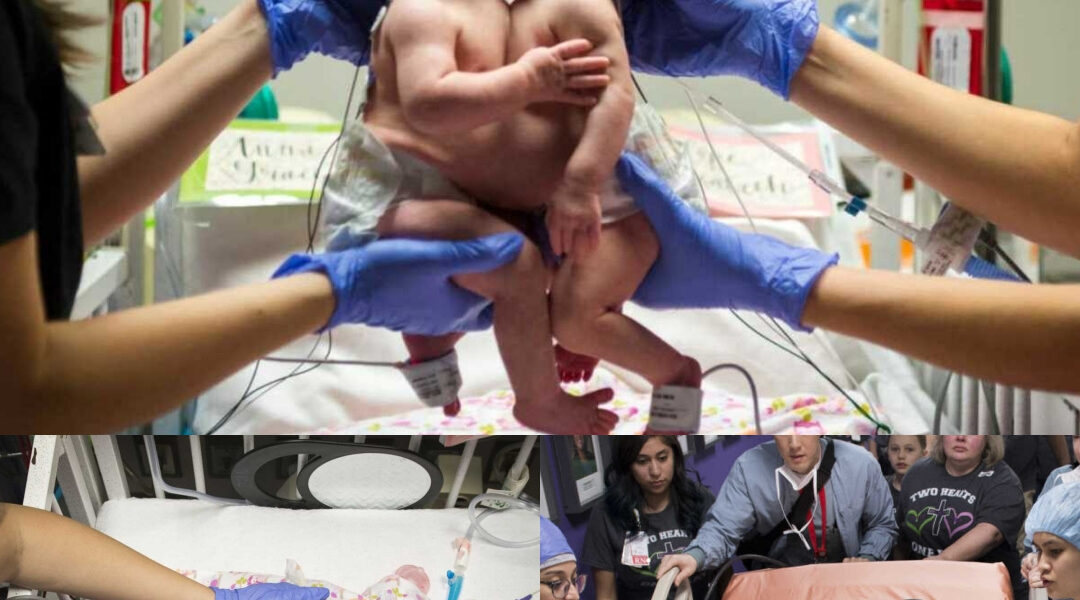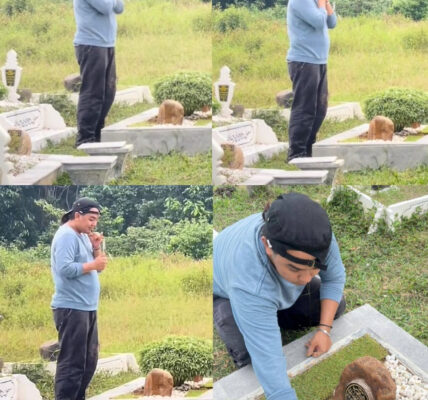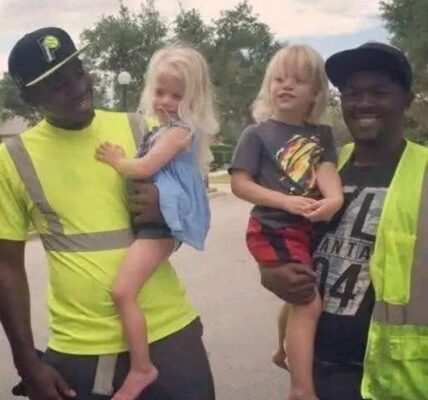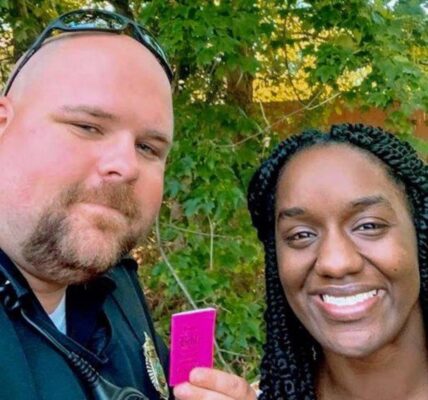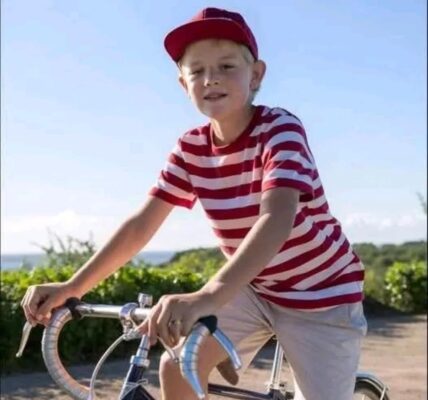
For nearly two years, Jill and Michael Richards prayed for a day they weren’t sure would ever come — the day their twin daughters, Anna Grace and Hope Elizabeth, could finally live as two.
When the girls were born on December 29, 2016, at Texas Children’s Hospital, the room fell into stunned silence. Delivered by C-section at just 35 weeks, weighing a combined 9 pounds and 12 ounces, the sisters entered the world joined at the chest and abdomen — their tiny hearts connected by a large shared blood vessel.

Doctors called them thoraco-omphalopagus twins, one of the rarest forms of conjoined birth, seen in only one out of every 200,000 live deliveries. Yet even as the medical charts filled with complex words and warnings, Jill and Michael saw only two perfect faces — two little girls whose every breath was a miracle.
“We’ve thought about and prayed for this day for almost two years,” Jill said softly on the morning of the surgery that would change everything.
In those early days, the family’s hospital room became both a nursery and a chapel. Machines hummed quietly around them while their older sons brought drawings, laughter, and hope. Nurses placed the girls side by side on soft owl-patterned blankets, labeling each space with their names — Anna Grace and Hope Elizabeth — as if willing their futures into existence.

Doctors at Texas Children’s Hospital knew the road ahead would be long. Before the twins could even be considered for separation, they would need to undergo another operation — one to insert tissue expanders under their skin. Over the next several months, the expanders were slowly filled with saline, gently stretching their tiny bodies to prepare for the reconstruction that would follow.
It was an act of faith disguised as medicine — every drop of saline, every sleepless night, every whispered prayer bringing the family one step closer to the impossible.
Then came January 13, 2018 — the day the world seemed to hold its breath.

Inside a brightly lit operating room, 75 specialists — surgeons, anesthesiologists, cardiologists, and nurses — gathered for a procedure that had taken a full year of planning. The air was heavy with both precision and prayer.
For seven hours, the medical team worked tirelessly. They followed every step rehearsed in simulation after simulation — one miscalculation could mean tragedy. Then, as the clock neared its final hour, came the moment everyone had waited for.

The final connection was gently severed.
Two hearts, once beating as one, now beat freely on their own.
When the surgeons announced, “They’re separated,” tears filled the room. Nurses and doctors exchanged glances of disbelief and relief. Jill and Michael, waiting just outside, clutched each other’s hands as the words reached them — and cried like the day they first met their daughters.

“It’s an indescribable feeling to look at our girls in two separate beds,” Jill said later, her voice trembling. “We couldn’t be more thankful to the entire team at Texas Children’s for making this dream come true.”
Photos from that day tell a story no words fully can: doctors pushing two tiny hospital beds down the hallway as Jill follows in matching T-shirts; nurses placing gentle hands on each girl’s head; surgeons bowing their heads in quiet gratitude.

Dr. Larry Hollier, the hospital’s surgeon-in-chief, later reflected, “The success of this incredibly complex surgery was the result of our dedicated team’s hard work throughout the last year. Through simulations and countless planning meetings, we were able to prepare for every possible situation. We are thrilled with the outcome and look forward to watching Anna and Hope grow.”

Today, Anna and Hope continue their recovery surrounded by love, laughter, and endless prayers. Their journey — one written in courage, science, and the boundless strength of family — reminds the world that miracles aren’t made in an instant.
They are built day by day, heartbeat by heartbeat, by those who refuse to give up.

Two little girls.
Two brave hearts.
One extraordinary miracle.



